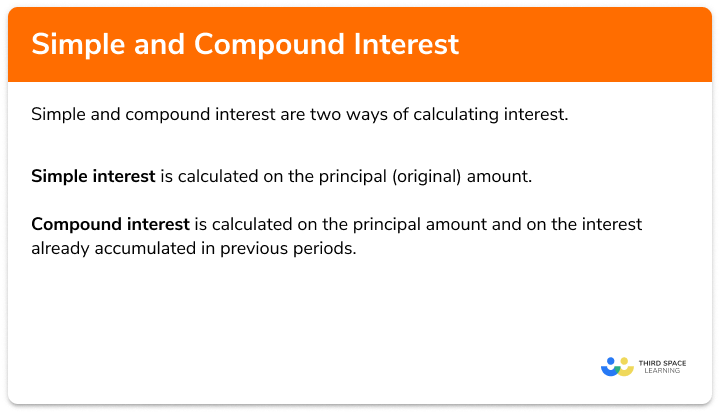FREE DOWNLOAD
Percentage Multiplier Worksheet

Help your students prepare for their Maths GCSE with this free percentage multiplier worksheet of 44 questions and answers
- Section 1 of the percentage multiplier worksheet contains 36 skills-based percentage multiplier questions, in 3 groups to support differentiation
- Section 2 contains 4 applied percentage multiplier questions with a mix of worded problems and deeper problem solving questions
- Section 3 contains 4 foundation and higher level GCSE percentage multiplier exam questions
- Answers and a mark scheme for all percentage multiplier questions are provided
- Questions follow variation theory with plenty of opportunities for students to work independently at their own level
- All questions created by fully qualified expert secondary maths teachers
Suitable for GCSE maths revision for AQA, OCR and Edexcel exam boards
Percentage multiplier at a glance
A percentage multiplier is the decimal equivalent of a percentage, it is used to calculate percentages of amounts, percentage increase and percentage decrease.
When finding percentages of amounts, there are some quantities that students are expected to calculate mentally – such as 50%, 25%, 10%. For trickier amounts (e.g. 47% of 320), the decimal multiplier method is more efficient. We use the decimal equivalent of 47%, which is 0.47, and rewrite the calculation as 0.47 320.
When calculating percentage increase, we take account of the fact that we’re adding to the original amount (100%), so the percentage multiplier for an increase of 7% would be 1.07. When calculating percentage decrease, we’re subtracting from 100%, so the multiplier for a decrease of 12% would be 0.88 (1 – 0.12). This skill has lots of real-life applications, such as calculating sale prices. Repeated percentage change links to ideas such as interest rates and compound depreciation.
Looking forward, students can then progress to additional number worksheets, for example a standard form worksheet or a rounding to decimal places worksheet.

For more teaching and learning support on Number our GCSE maths lessons provide step by step support for all GCSE maths concepts.
Do you have students who need additional support?

With Third Space Learning's secondary maths tutoring programmes, students in Year 7-11 receive regular one to one maths tutoring to address gaps, build confidence and boost progress.
"My confidence in the tutoring is high. We've had some phenomenal results. I even had one girl get a Grade 8 this year; she came to every tutoring session."
Stacey Atkins, Maths Director, Outwood Grange Academies Trust



